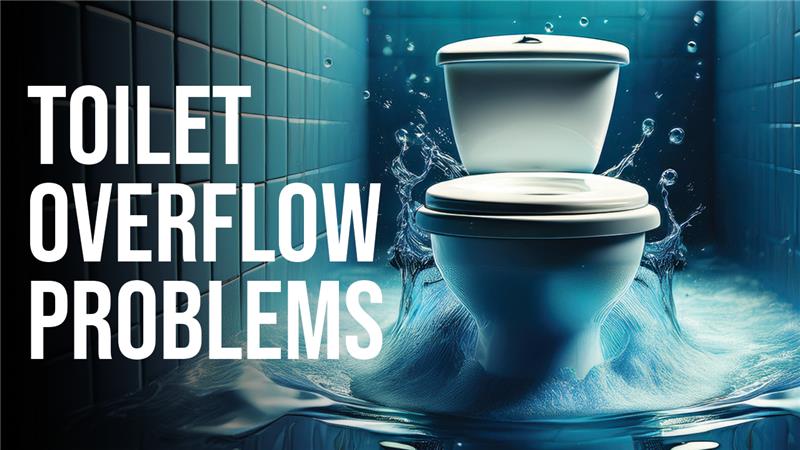Updated February 5, 2024
Spring is the time when a sump pump is most helpful for a home, removing excess water from rainfall that might enter into a basement or crawlspace. A sump pump prevents flooding and extensive water damage, as well as an increase in humidity and a higher chance of mold and mildew growth. If you don’t currently have a sump pump for your home, we strongly advise that you contact us and arrange for this service. Property loss due to water damage is expensive, making a sump pump an excellent investment.
The Basics of Sump Pump Operation
A sump pump consists of an excavated pit—the sump—and the actual pump itself. Water gathers inside the sump and then the pump automatically activates to draw out the water and send it into the wastewater system (or to a well if the house doesn’t have access to the municipal sewer system). Some sump pump models are manual and don’t turn on automatically, but because these are not as convenient as the standard model, they are not commonly installed in homes.
The sump is excavated in the lowest area of the basement or crawlspace and contains a gravel bottom. The pump is either placed down within the sump (a submersible pump) or on a stand above the sump (a pedestal pump). When water flows into the sump, the rise in water level will automatically activate the pump motor, either through a float activator arm or a pressure sensor that detects the presence of water. The motor draws on electrical energy from the household electrical system, usually through a standard GFCI outlet that reduces the hazard of electrocution. The motor powers a centrifugal pump that contains an impeller. The impeller forces the water up from the sump through a pipe and then sends it into the exit pipe. As soon as the water level drops, the pump shuts off once more.
Golden Rule offers sump pump services, including installation and repair throughout greater the Des Moines, IA metro area.
Contact Us Today for Plumbing Service!
If you found this post helpful, check out some other budget-saving tips:


Water emergencies can strike when you least expect them. Whether it’s a burst pipe, an overflowing toilet, or a persistent leak, quick action can prevent costly damage.... Read More

Few things are as frustrating (and messy) as a toilet that overflows. Whether it happens at the worst possible moment or simply leaves you scratching your head... Read More

The holidays are a magical time of year—gathering with loved ones, sharing meals, and creating lasting memories. But one unexpected mishap can turn your festive celebration into... Read More
